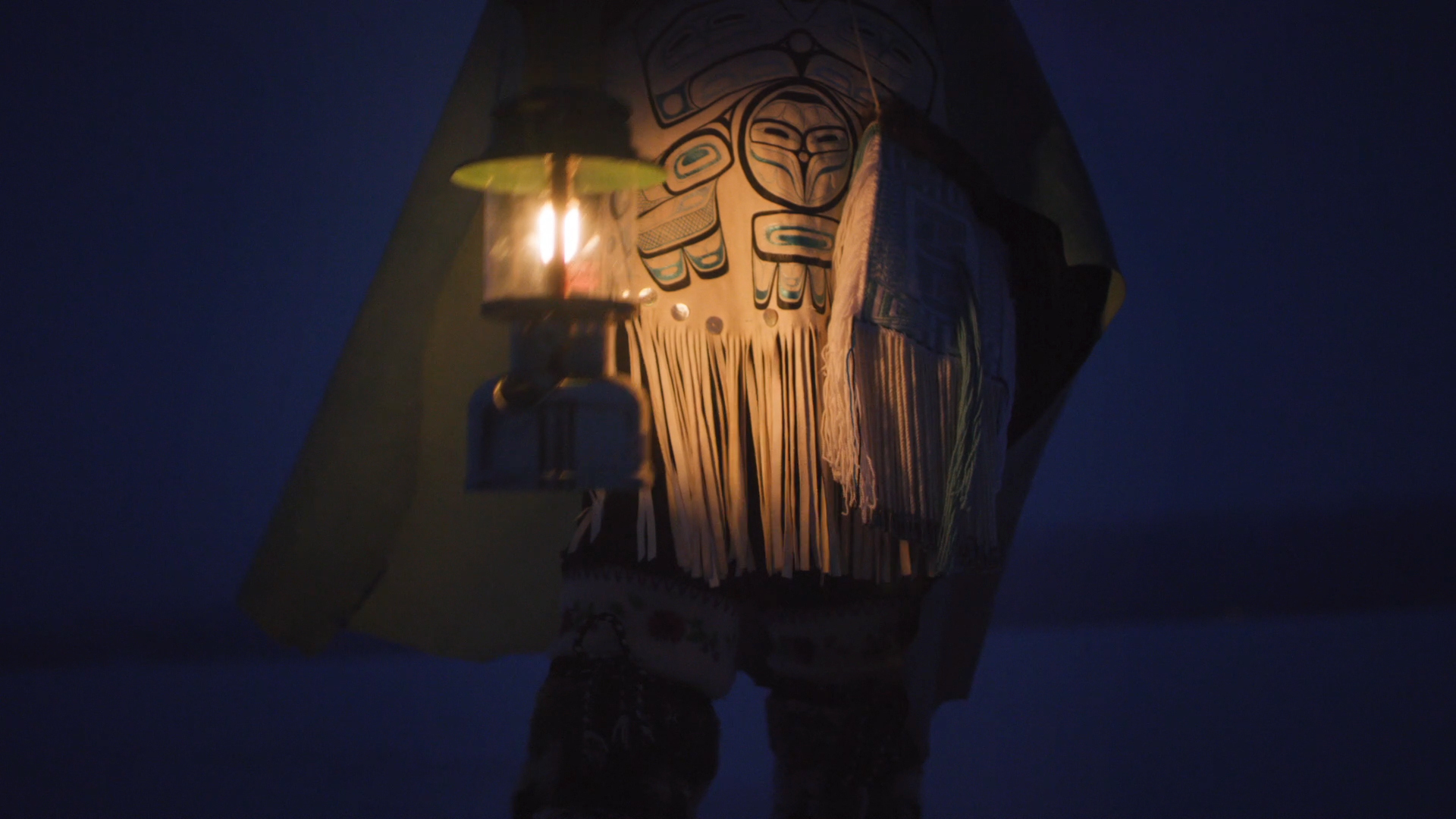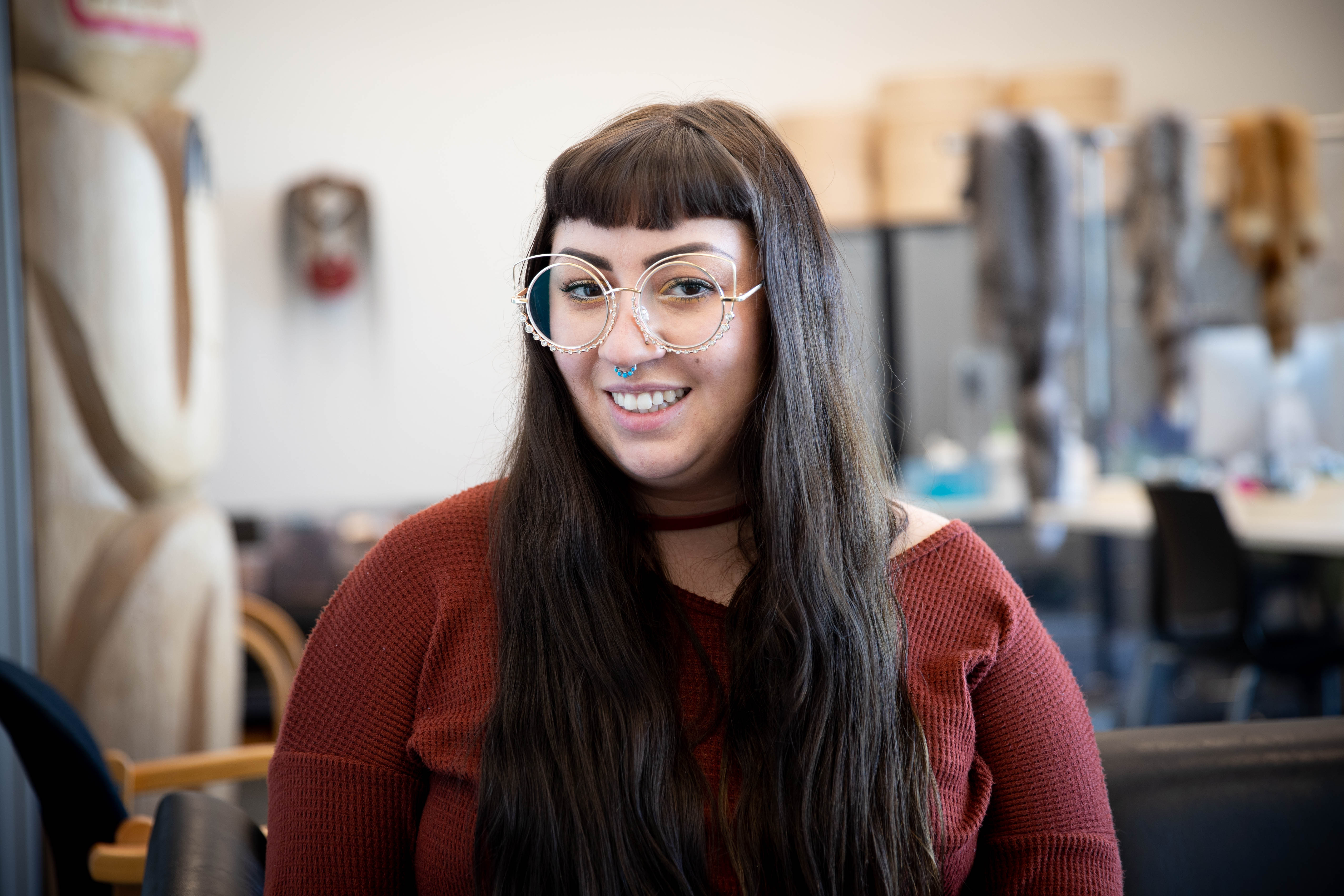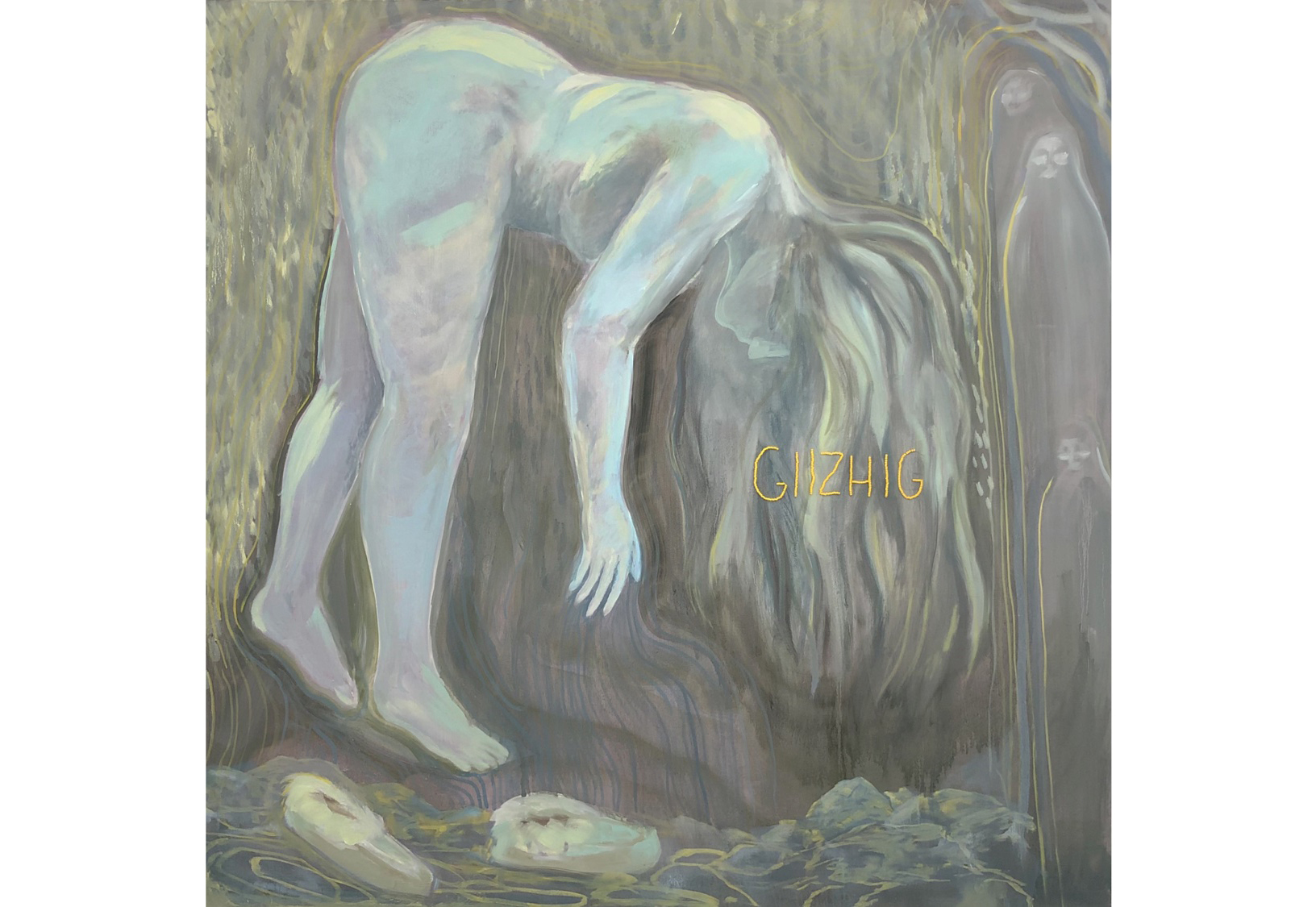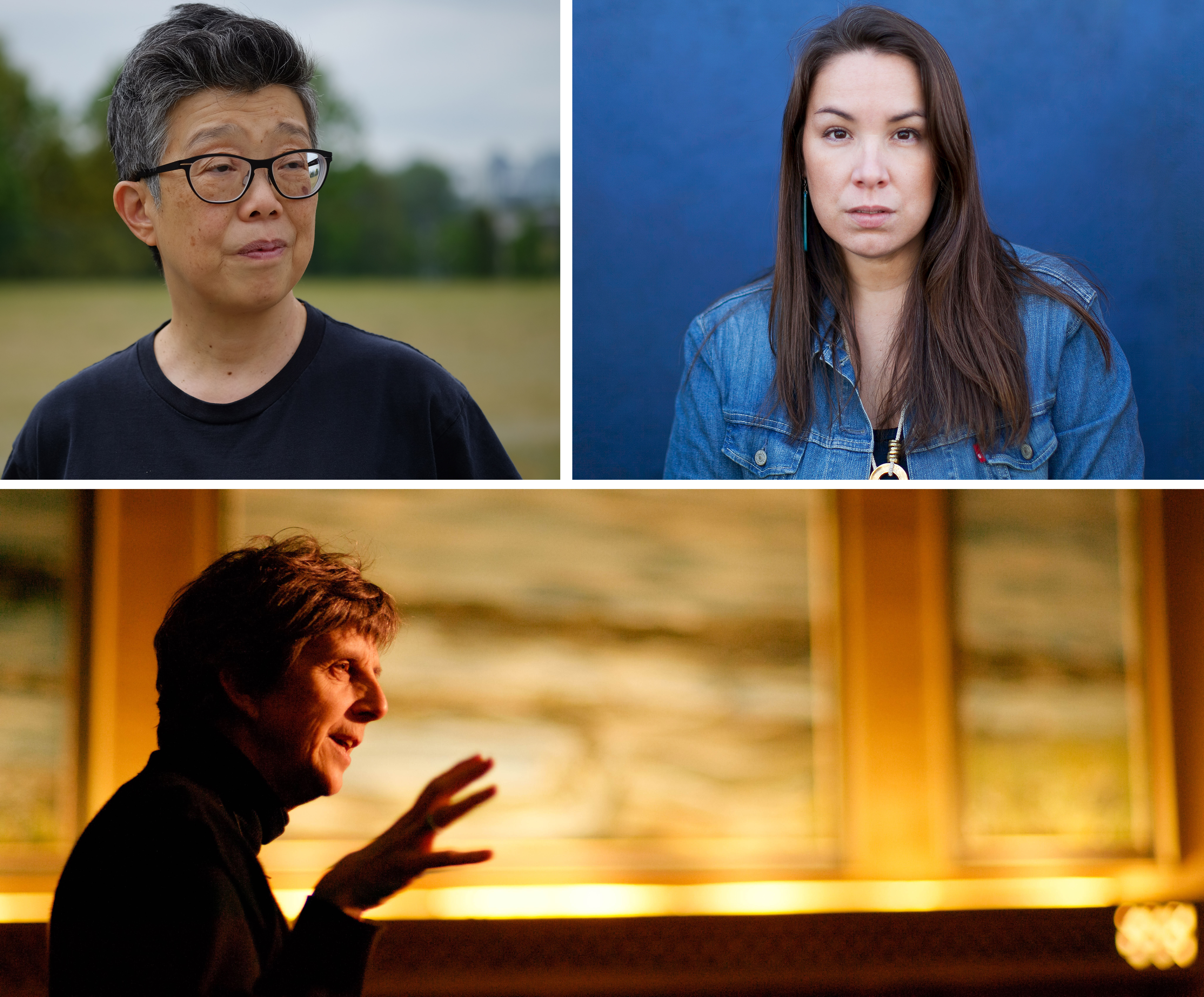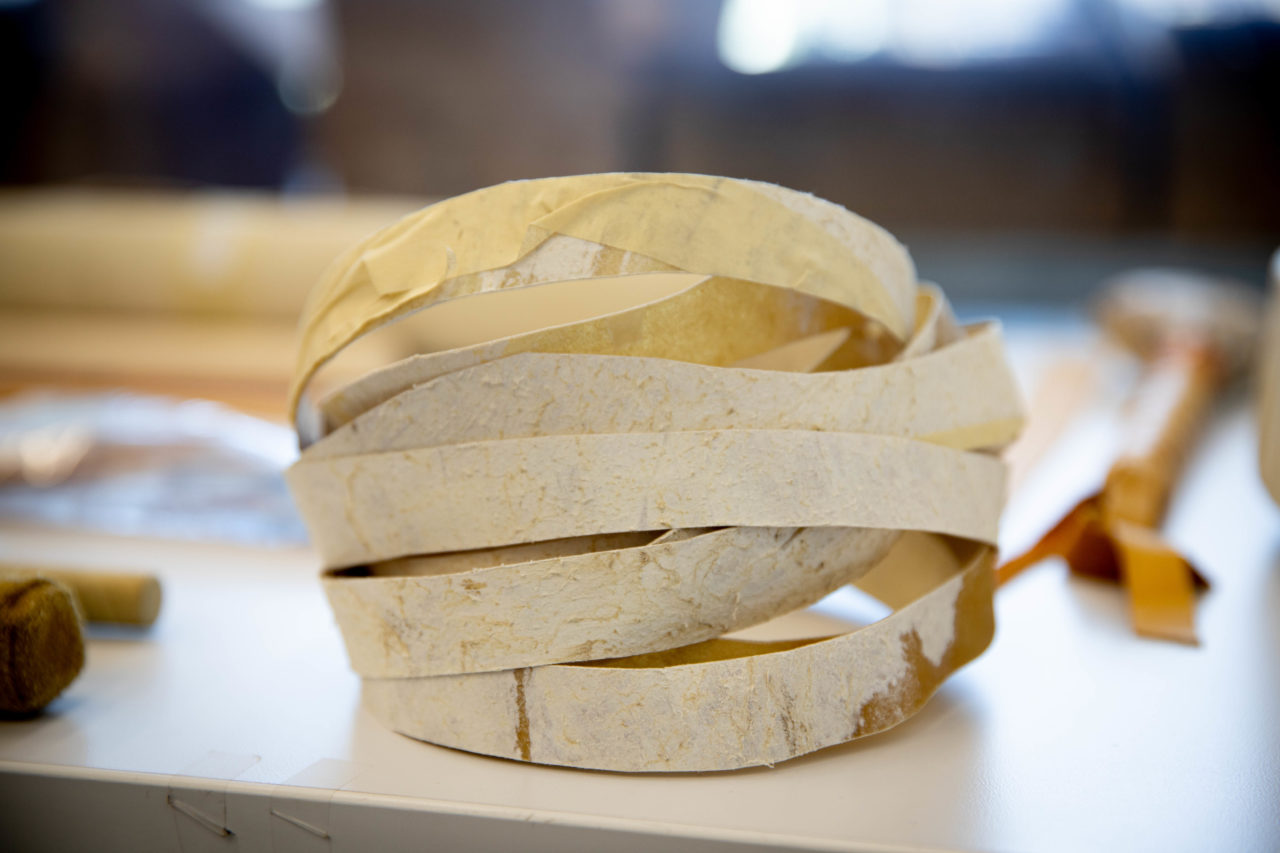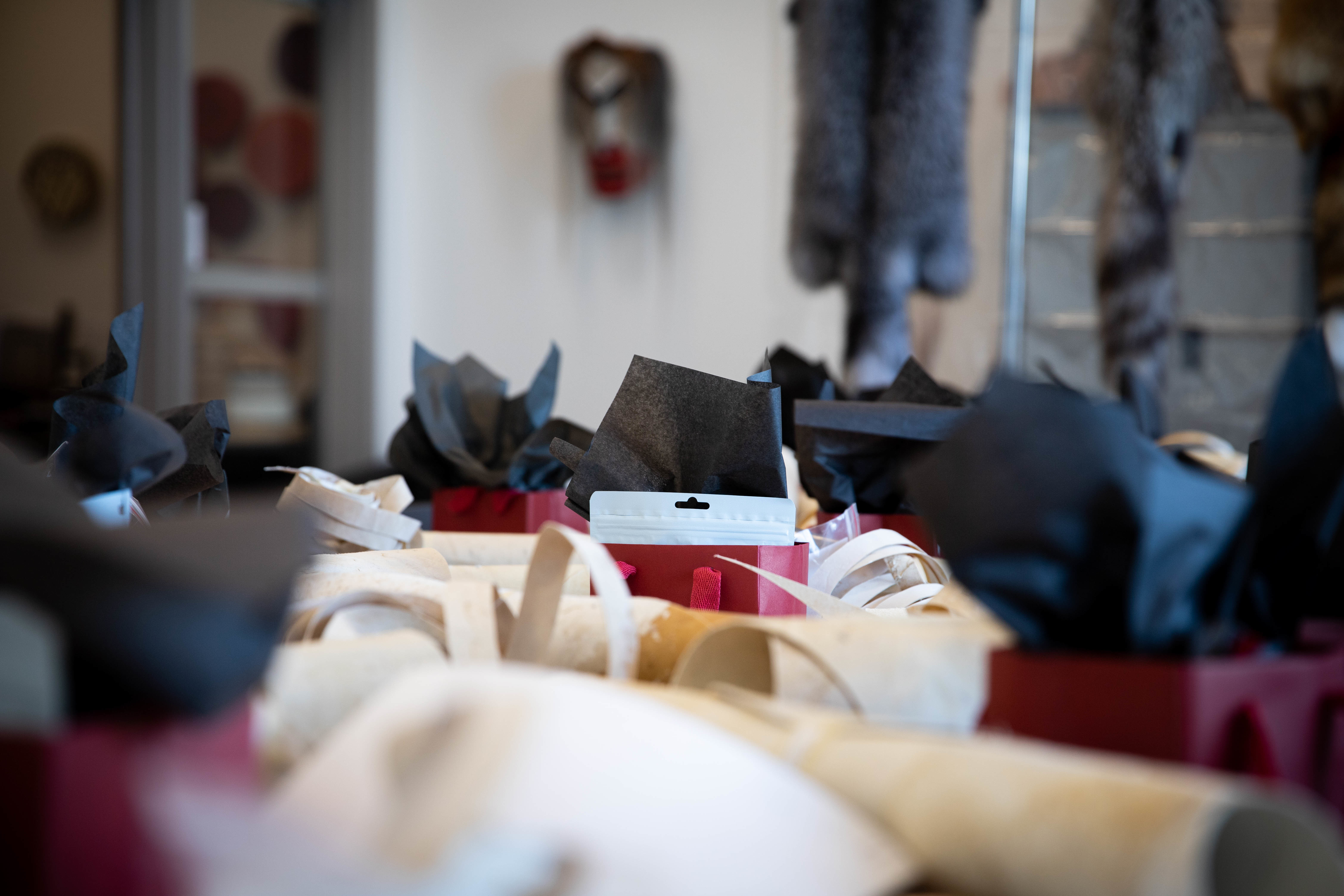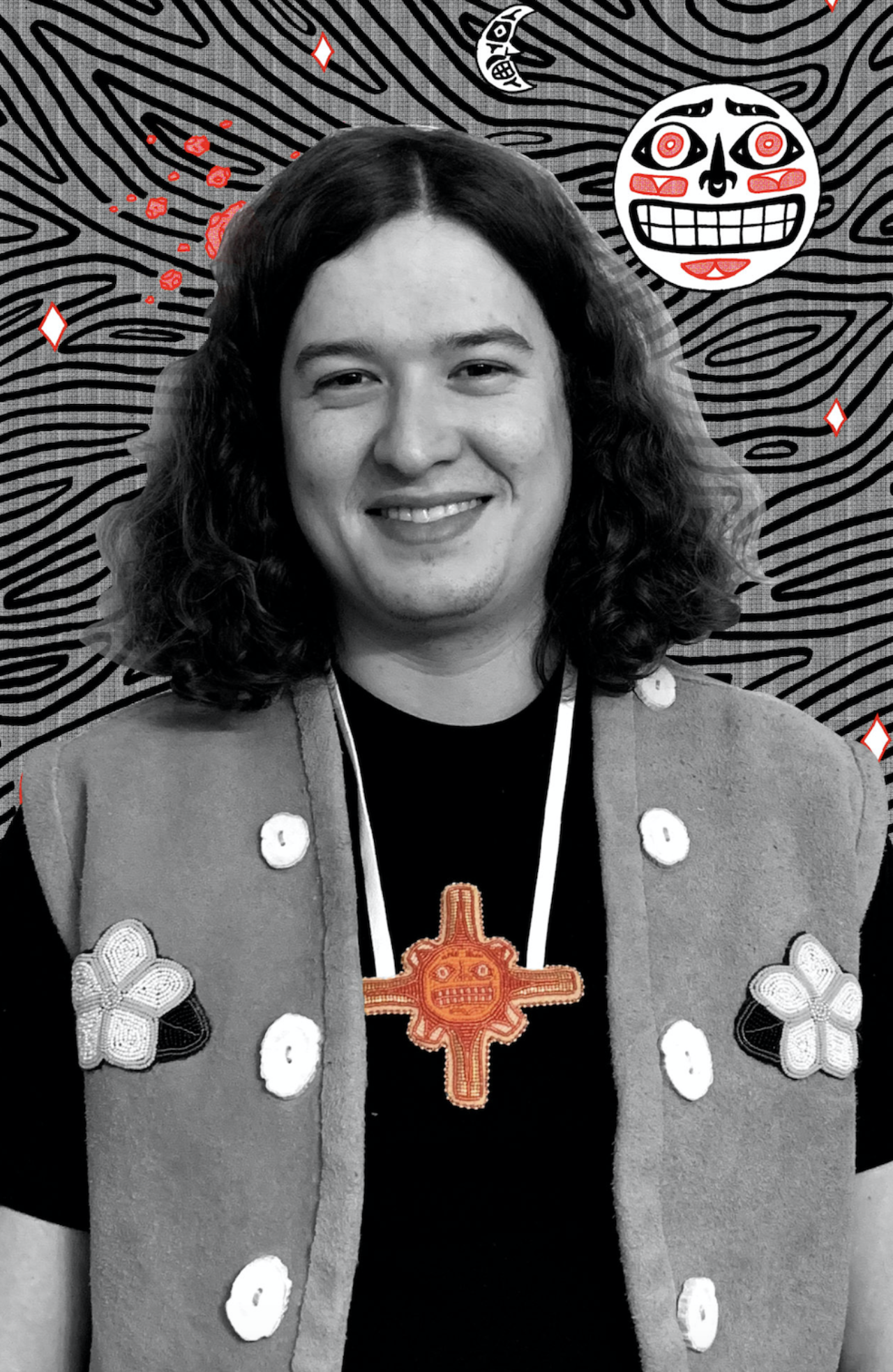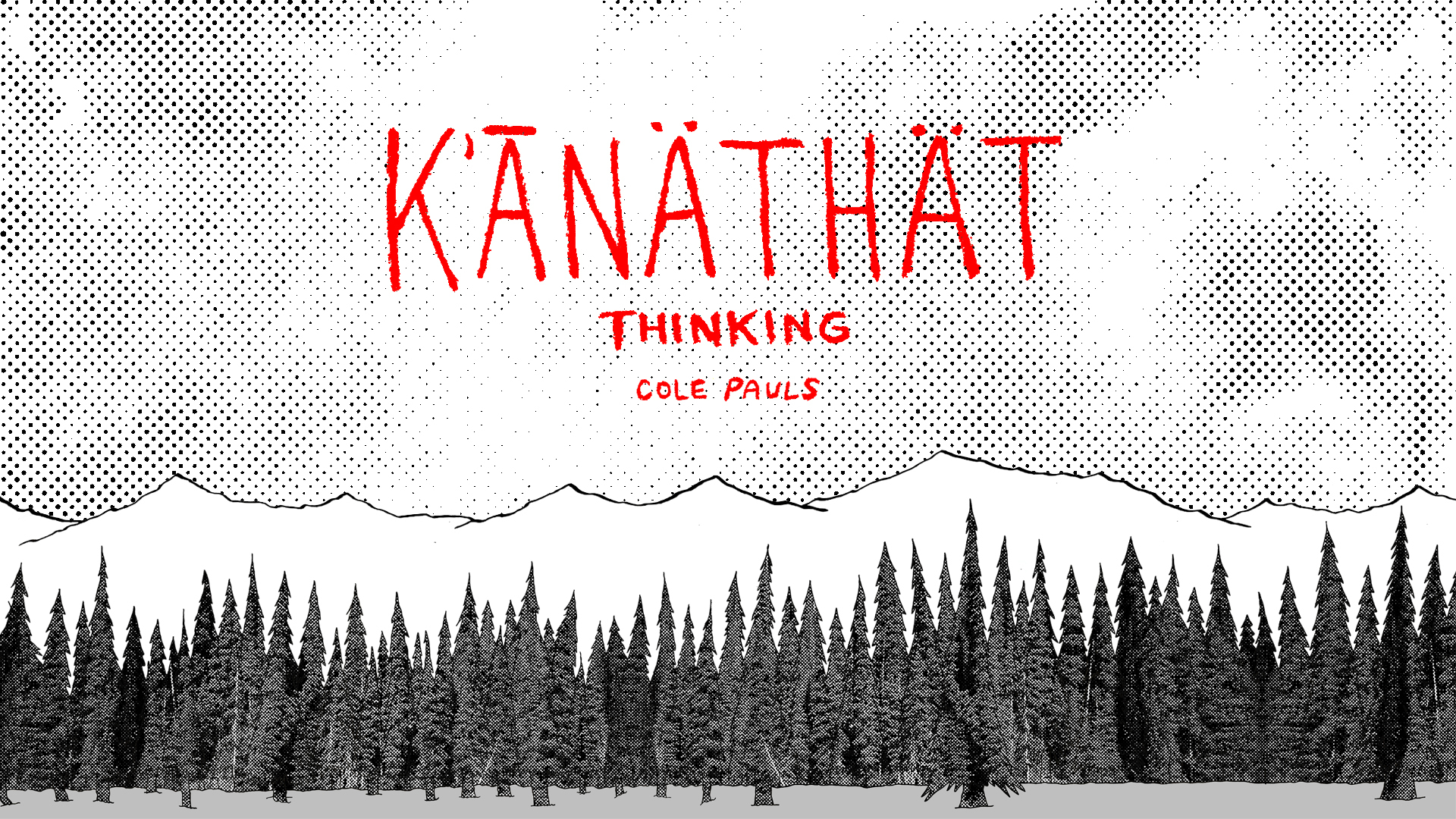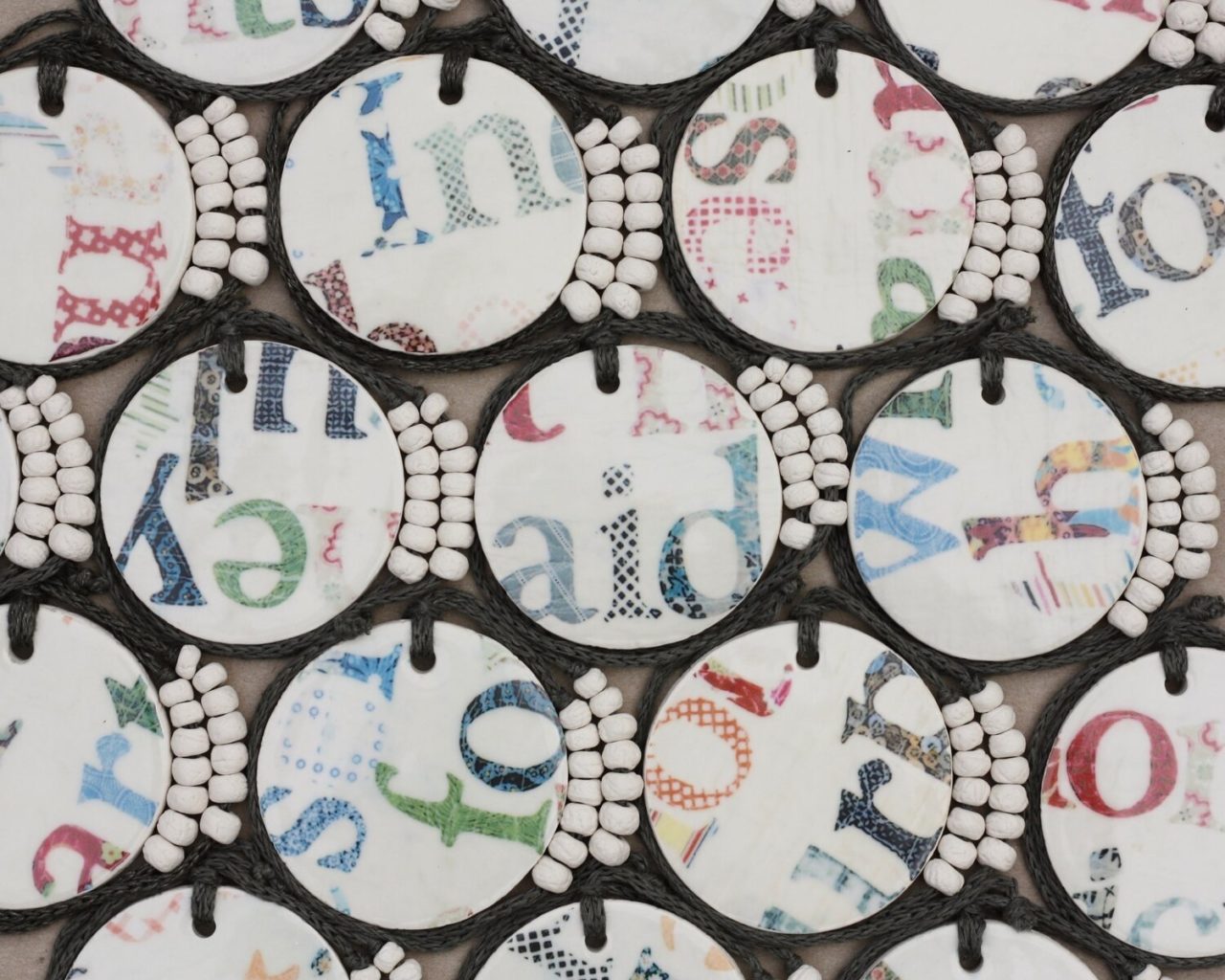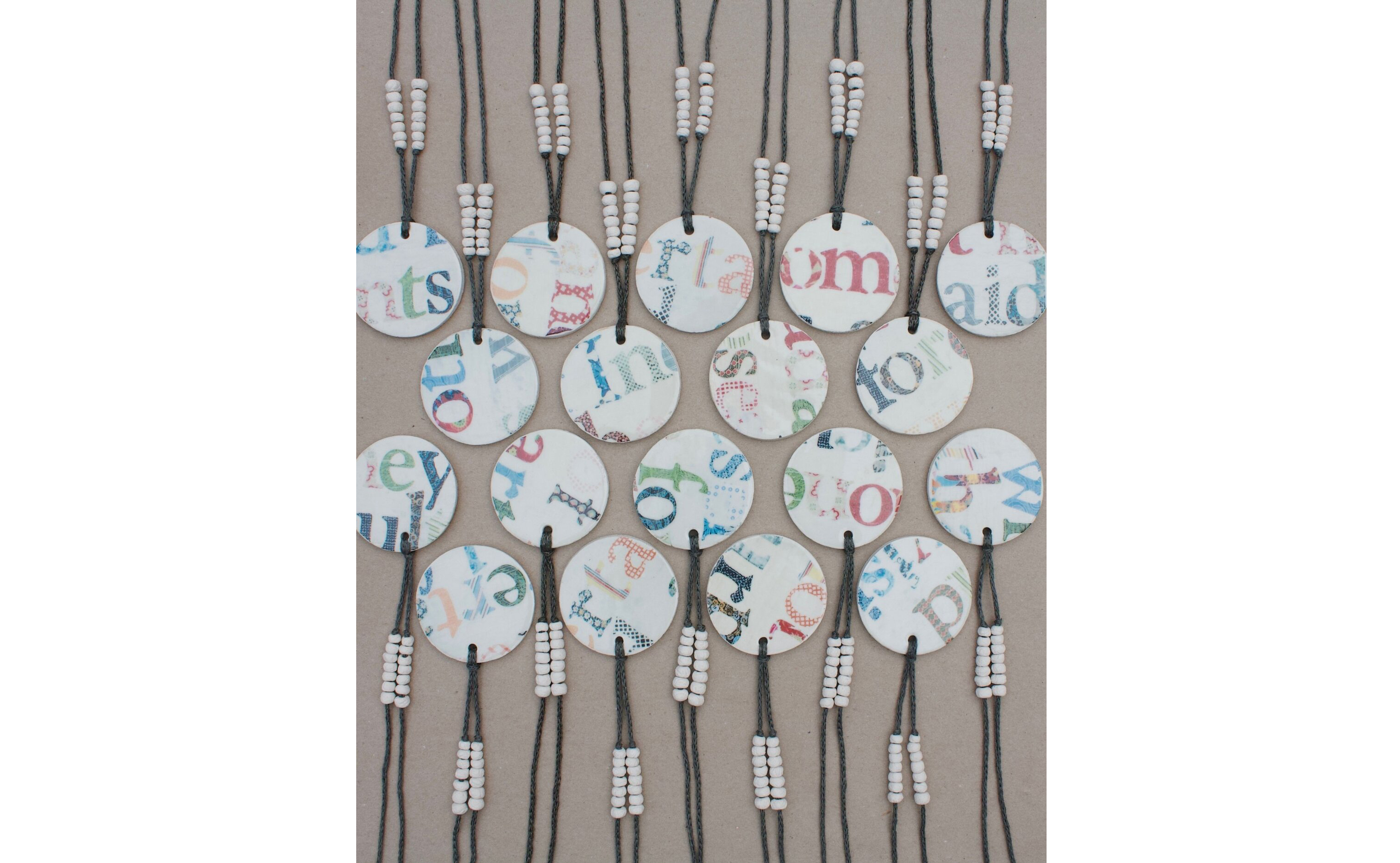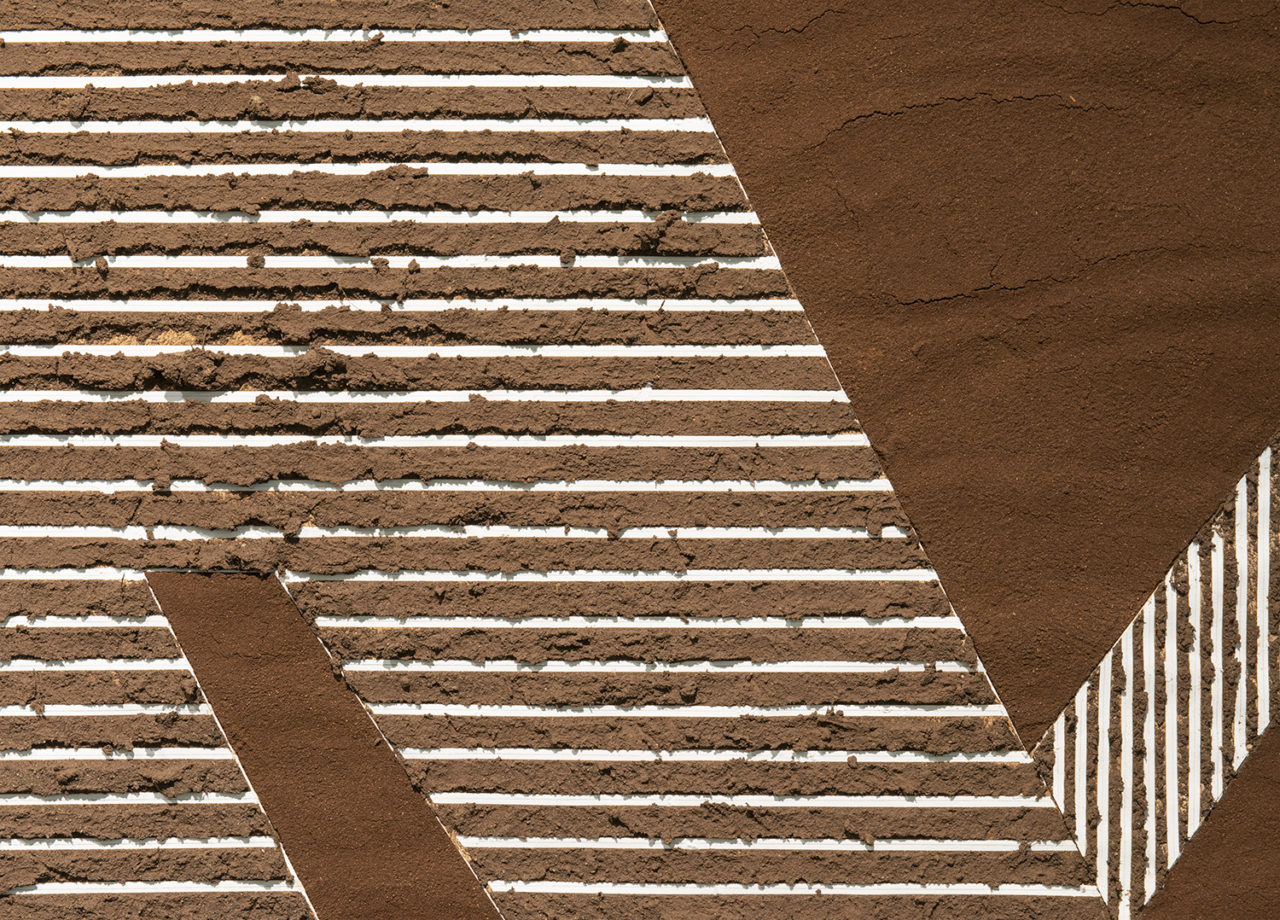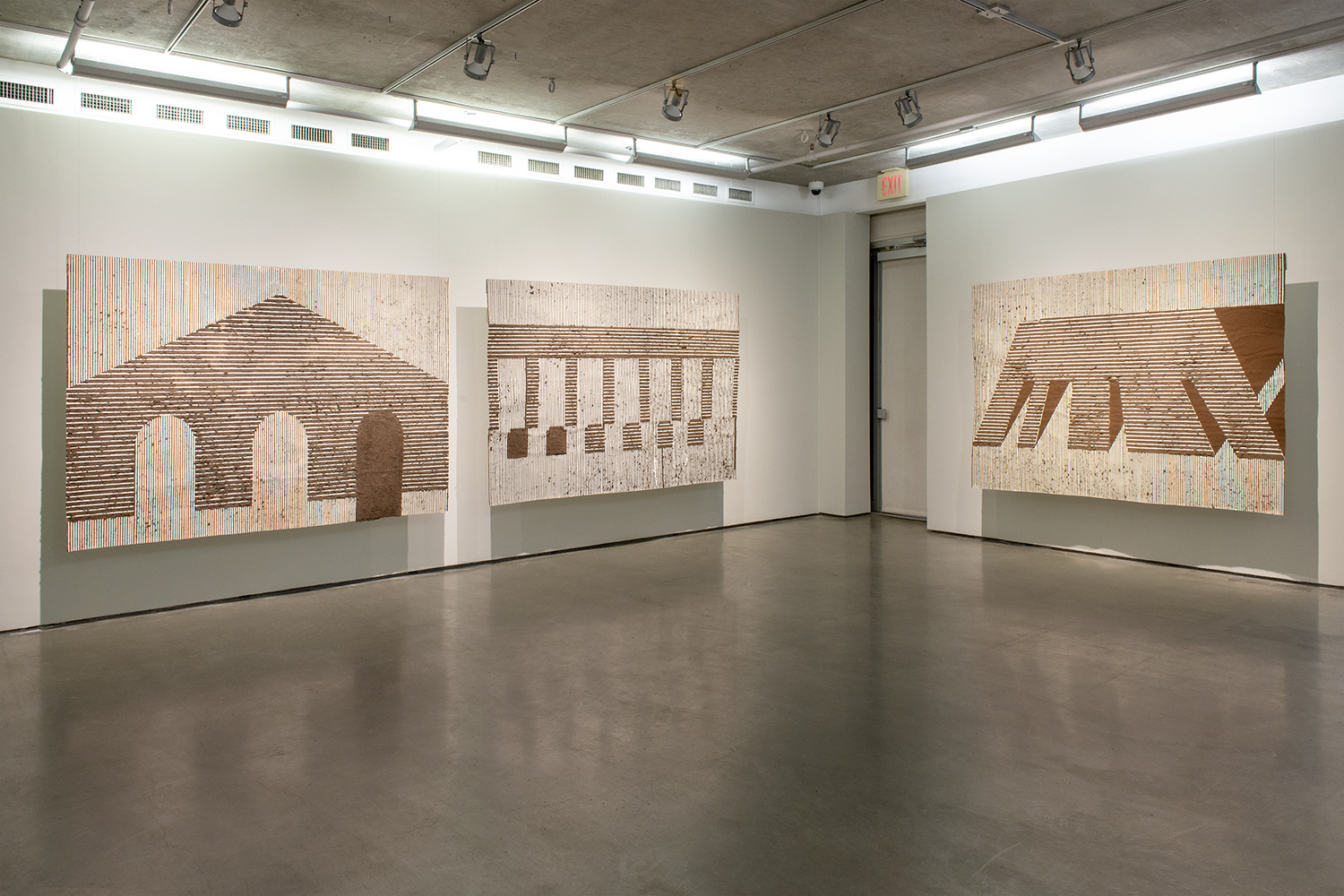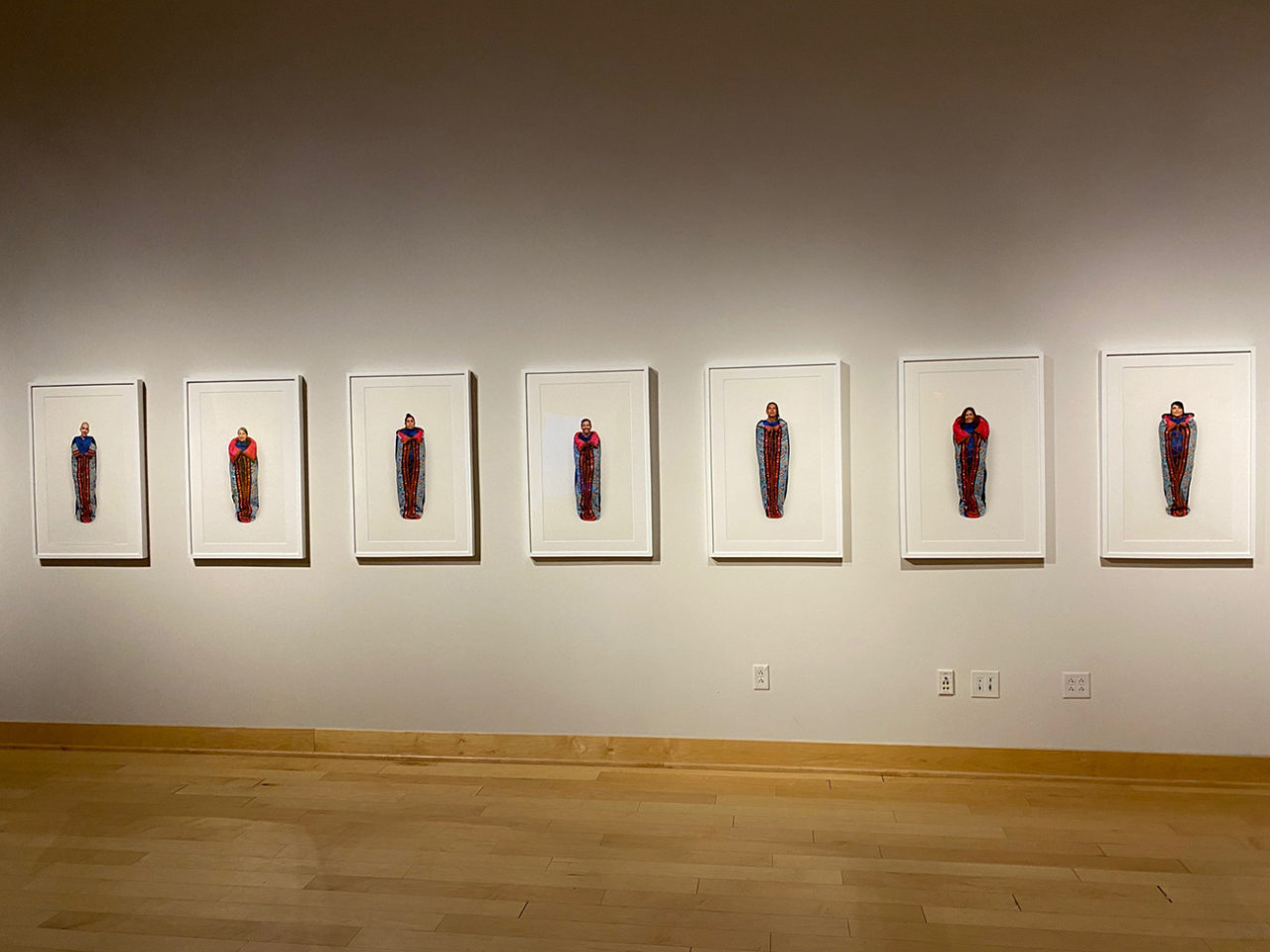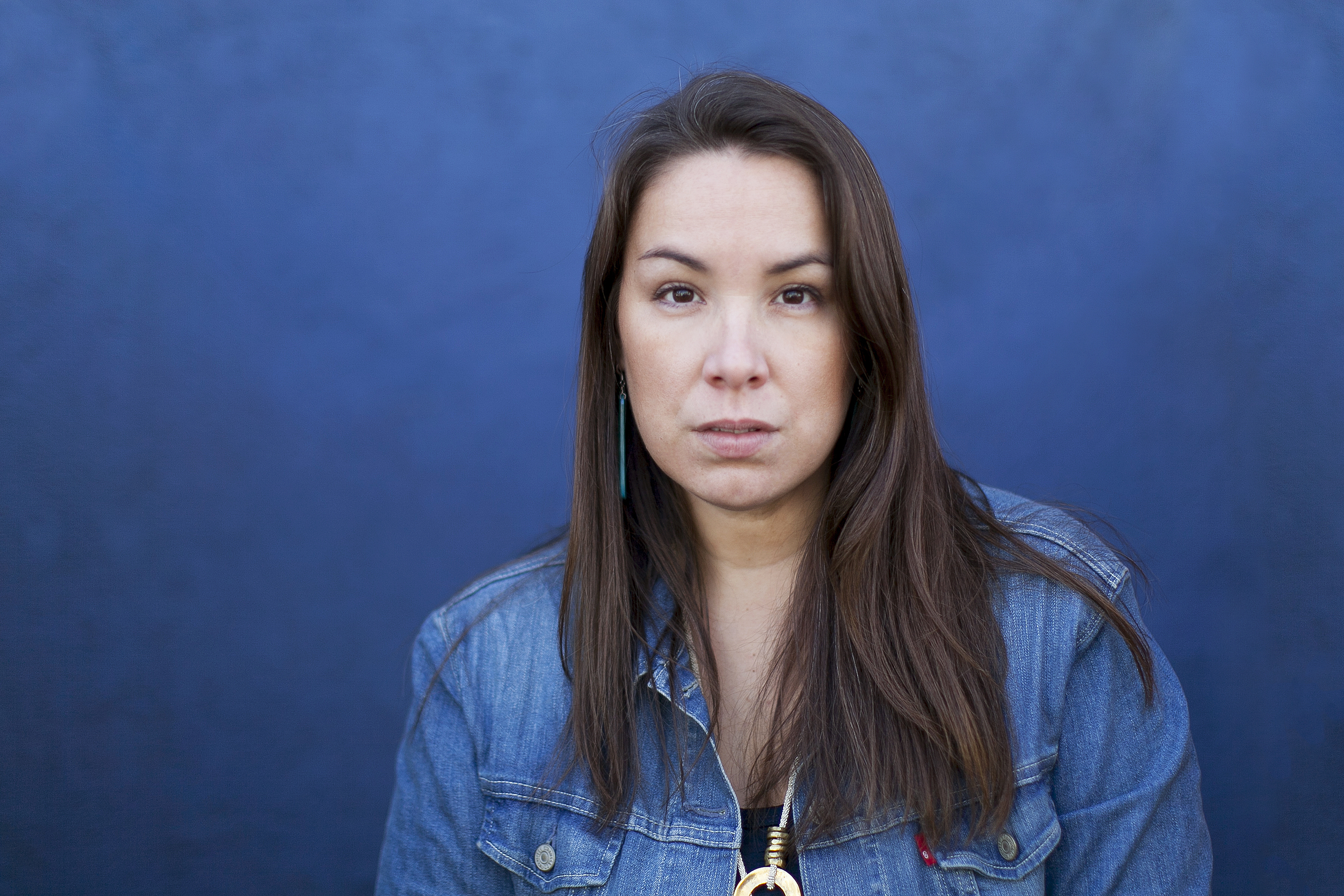
Posted on May 25, 2021
Meet the recipient of our 2021 Honorary Doctorate.
Despite the impressive list of honours and achievements under Eve Tuck’s belt, the first words she uses to describe being awarded Emily Carr University’s 2021 honorary doctorate are “surprised” and “humbled.”
Tuck, who is Unangax̂ and an enrolled member of the Aleut Community of St. Paul Island, Alaska, is currently the Associate Professor of Critical Race and Indigenous studies at the Ontario Institute for Studies in Education (OISE) of the University of Toronto. She is also the Canada Research Chair of Indigenous Methodologies with Youth and Communities, a recent William T. Grant Scholar (2015-2020), and a Ford Foundation Postdoctoral Fellow (2011-2012).
“It feels like a very unexpected recognition,” Tuck says, adding that it’s meaningful because Emily Carr University’s discipline and practices are seemingly disparate from her own. As a writer, teacher, and researcher, her work centres Indigenous social thought, and the ways it can be “engaged to create more fair and just social policy, more meaningful social movements, and robust approaches to decolonization.”
For those who have had the pleasure of even a short interaction with Eve, “humble” feels like an appropriate description of her character. She’s quick to credit the work of others, and notes that it’s her collaborations that are most important to her.
It’s these collaborations that she says the honorary doctorate reflects, including those with creators who consider the role of research within their art and design practice. “It’s almost like its tapping into a secret wish I had for myself to be able to work with artists or make work that is conversant with artists and people who are thinking about design and visuality and recording and installation as other ways of making meaning.”
Full article by Perrin Grauer: https://www.ecuad.ca/news/2021/eve-tuck-helps-students-become-more-like-themselves

